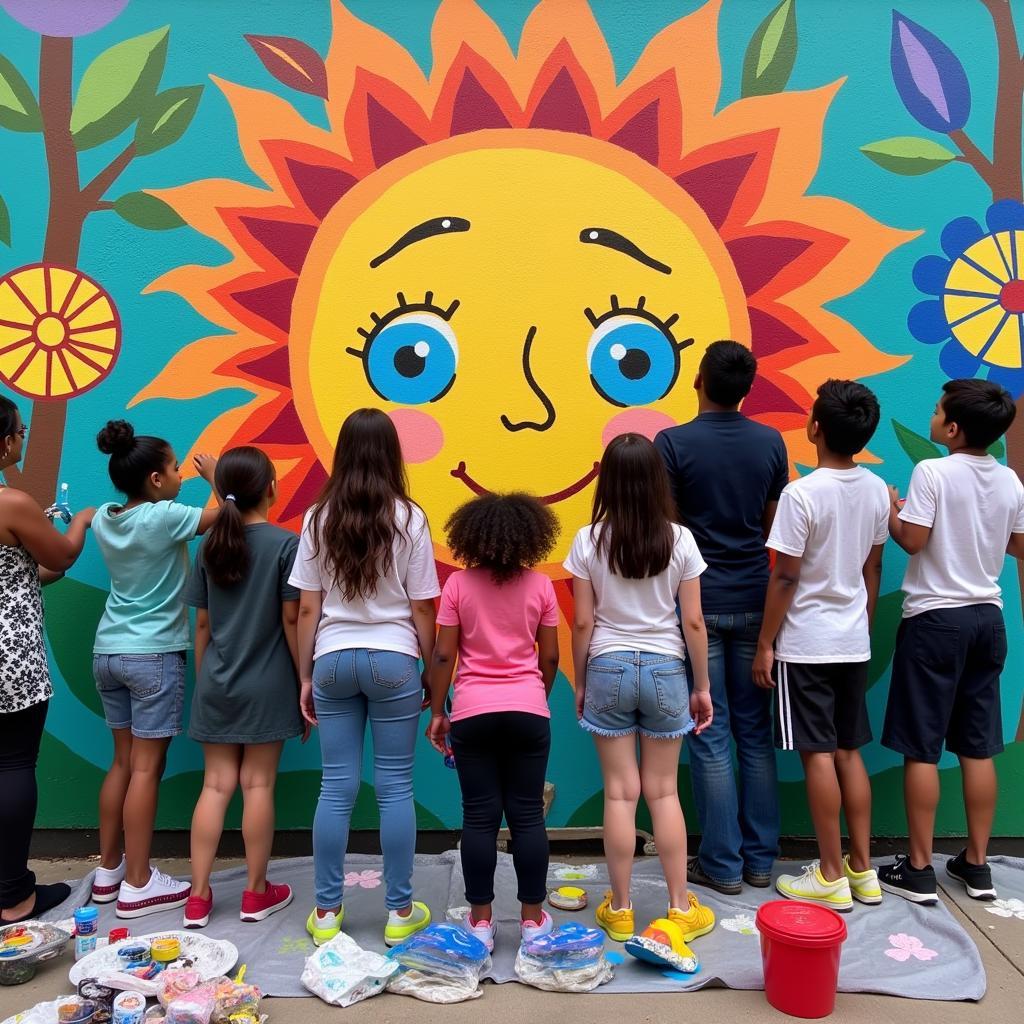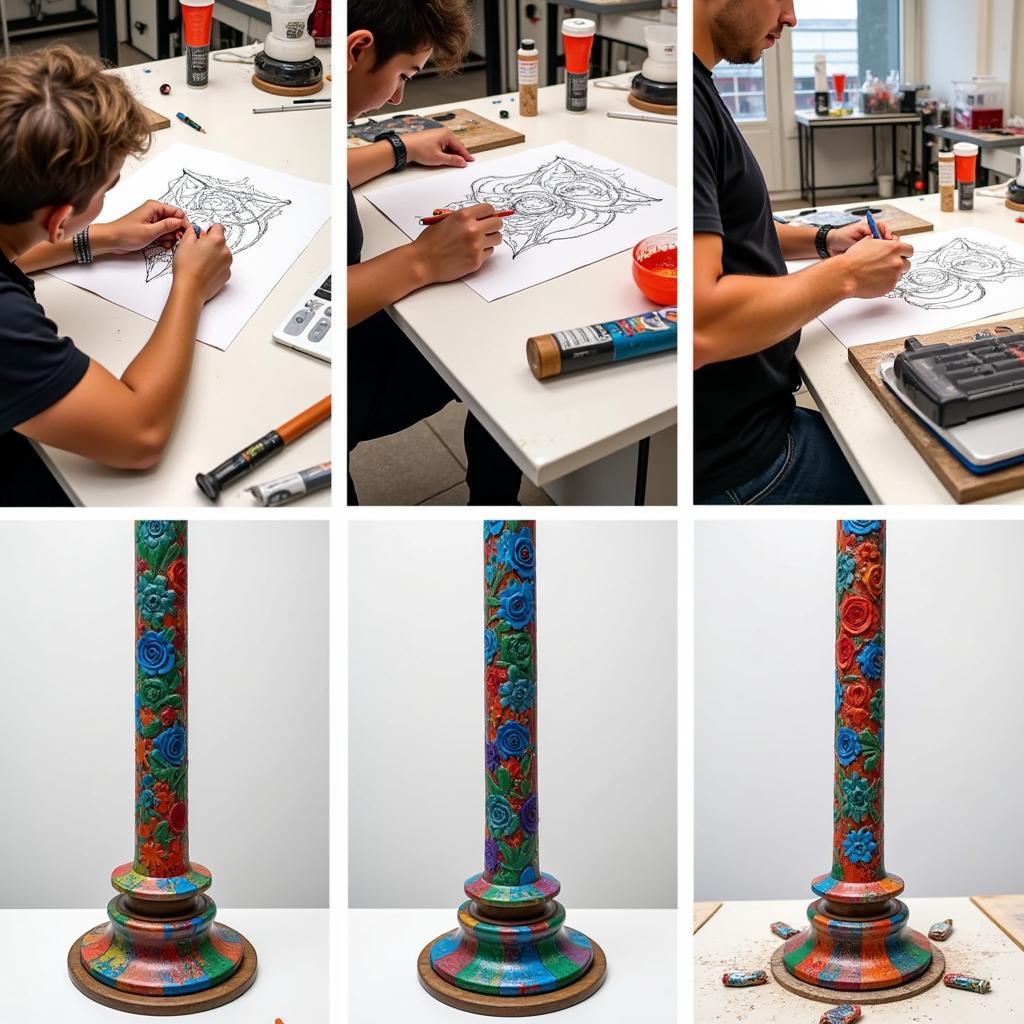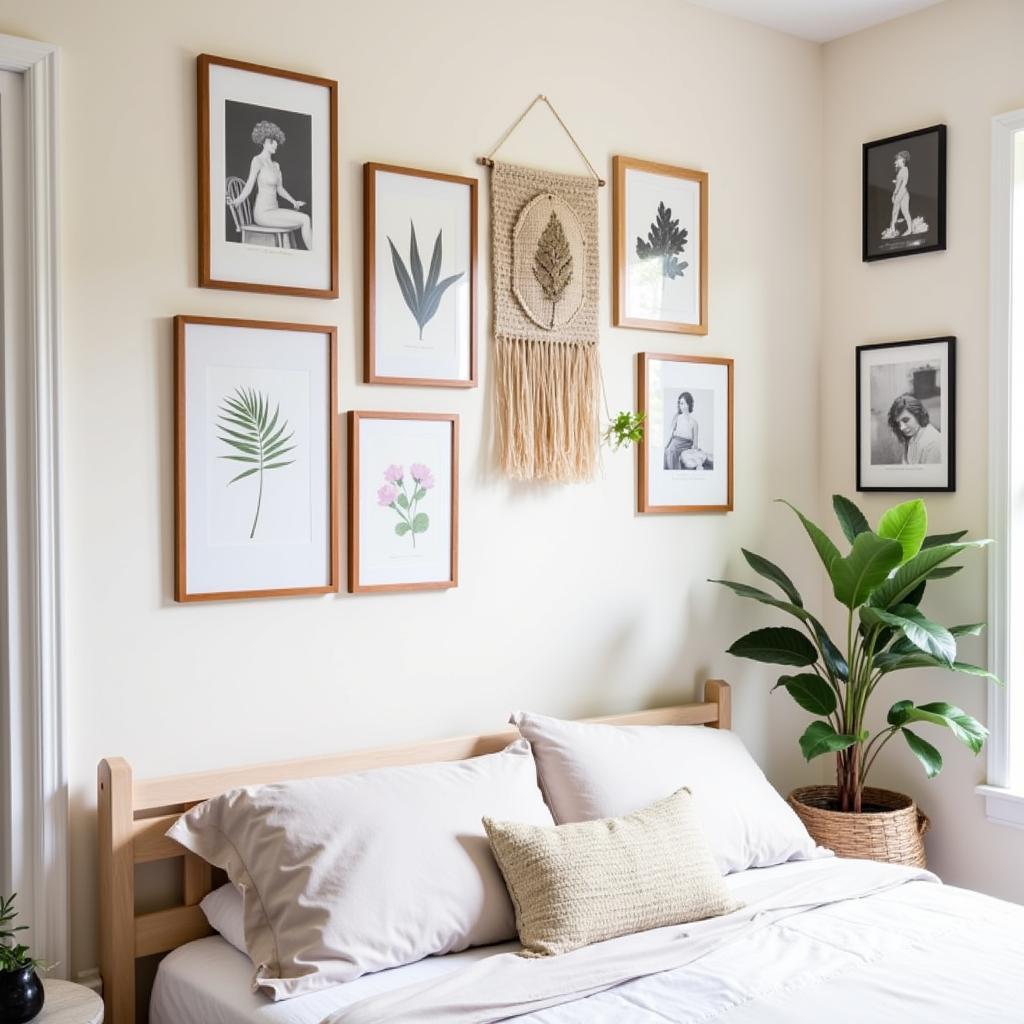Ancient Abstract Design Used In Art Therapy
Ancient abstract designs have been used for therapeutic purposes for centuries. From the mandalas of Tibetan Buddhism to the intricate patterns of Islamic art, these designs offer a powerful tool for self-expression, emotional regulation, and healing. In art therapy, incorporating ancient abstract design elements can unlock creativity, reduce stress, and promote overall well-being.
The Power of Ancient Symbols and Patterns
Ancient cultures around the world developed unique visual languages that reflected their beliefs, values, and understanding of the cosmos. These symbols and patterns often hold deep spiritual significance and are believed to possess healing properties. By engaging with these ancient designs, individuals can tap into a collective unconscious and connect with a sense of history, tradition, and shared human experience.
For example, the mandala, a circular design representing the universe in Hindu and Buddhist traditions, is often used in art therapy to promote focus, concentration, and a sense of inner peace. By coloring or creating their own mandalas, individuals can explore their emotions, reduce anxiety, and connect with their inner selves.
Geometric Patterns and Emotional Expression
Geometric patterns, found in ancient architecture, mosaics, and textiles, offer another avenue for exploration in art therapy. The precise lines, angles, and shapes can evoke a sense of order and control, which can be particularly beneficial for individuals experiencing chaos or instability in their lives.
The act of creating these patterns, whether through drawing, painting, or sculpting, allows individuals to externalize their emotions and gain a sense of mastery over their inner world. The repetitive nature of working with geometric designs can also be meditative and calming, promoting relaxation and stress reduction.
Applying Ancient Design in Modern Art Therapy
Art therapists today are finding innovative ways to incorporate ancient abstract design principles into their practice. By introducing clients to the symbolism and meaning behind these designs, therapists can provide a framework for understanding and expressing emotions.
Clients may be invited to create art inspired by specific ancient cultures or to explore the therapeutic benefits of working with particular symbols or patterns. The process of researching, interpreting, and recreating these designs can foster a sense of connection to the past while simultaneously promoting self-discovery and personal growth.
Conclusion
The use of ancient abstract design in art therapy offers a rich and multifaceted approach to healing and self-expression. By tapping into the power of ancient symbols, patterns, and visual languages, individuals can access a wellspring of creativity, connect with their emotions, and promote overall well-being. As we continue to explore the intersections of art, history, and psychology, the therapeutic potential of ancient abstract design is sure to be further illuminated.



